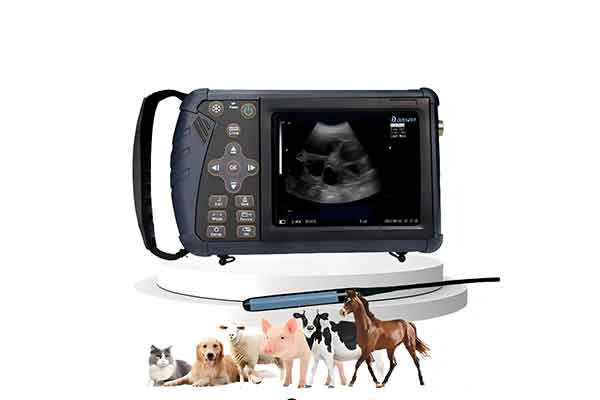As livestock farming expands globally, veterinary hospitals play a critical role in ensuring animal health and productivity. Equipping these facilities with the right veterinary medical equipment is vital for accurate diagnostics, efficient treatment, and proactive herd management.
1. Basic Diagnostic Tools: Foundational Care
Every veterinary station requires core tools for routine check-ups and emergencies:
Thermometers and Stethoscopes: Monitor vital signs like temperature and heart rate.
Syringes and IV Sets: Administer medications, vaccines, and fluids.
Surgical Kits: Scalpels, forceps, and suturing materials for minor procedures.
2. Advanced Diagnostic Equipment: Precision Matters
To address complex health issues, veterinary stations need reliable diagnostic devices:
Blood Analyzers: Detect infections, anemia, or metabolic disorders through rapid blood tests.
Digital Microscopes: Identify parasites, bacteria, or abnormal cells in samples.
X-ray Machines: Diagnose fractures, internal injuries, or foreign objects.
Veterinary Ultrasound Systems:
Key Applications: Pregnancy detection, organ health assessment (e.g., heart, liver), and tumor screening.
Benefits: Non-invasive, real-time imaging improves reproductive management and early disease detection.
dawei s1 veterinary ultrasound machine
3. Portable Solutions for Fieldwork
Mobile veterinary services demand lightweight, durable equipment:
Portable Veterinary Ultrasound Machines:
Compact design and long battery life enable on-site diagnostics in farms or remote areas.
High-resolution imaging supports quick decisions, such as confirming pregnancies or assessing abdominal emergencies.
Handheld Blood Analyzers: Deliver instant results for glucose, electrolytes, and more.
Portable Sterilizers: Ensure instrument hygiene during field surgeries.
4. Supporting Equipment for Comprehensive Care
Anesthesia Machines: Safely sedate animals during surgeries, especially for large livestock.
Autoclaves: Sterilize tools to prevent cross-contamination.
Digital Record Systems: Streamline patient data management and reporting.
Why Invest in Veterinary Ultrasound Technology?
Modern veterinary medical equipment prioritizes efficiency and accuracy. Here’s why veterinary ultrasound has become indispensable:
Boost Reproductive Success: Accurately track fetal development and optimize breeding schedules.
Reduce Diagnostic Errors: Visualize soft tissue abnormalities that X-rays might miss.
Cost-Effective for Farmers: Early disease detection minimizes livestock losses and treatment costs.
For clinics balancing budget and versatility, portable veterinary ultrasound machines offer a practical solution. They cater to diverse species—cattle, sheep, horses—and adapt to both indoor and outdoor settings.
Tips for Choosing Veterinary Medical Equipment
Assess Your Needs: Focus on your primary services (e.g., livestock vs. companion animals).
Prioritize Durability: Opt for waterproof, shock-resistant designs for fieldwork.
Evaluate Support Services: Partner with suppliers offering training, warranties, and repair services.
Conclusion
Equipping a livestock veterinary station requires strategic investment in veterinary medical equipment that balances functionality, portability, and affordability. From basic tools to advanced veterinary ultrasound systems, the right devices enhance diagnostic accuracy and operational efficiency. For stations needing mobility, portable veterinary ultrasound machines are a game-changer, delivering clinic-grade performance anywhere.
Ready to Upgrade Your Veterinary Station? Explore our range of cutting-edge veterinary ultrasound solutions and tailored veterinary medical equipment packages. Contact us today for expert guidance!
Post time: May-20-2025




